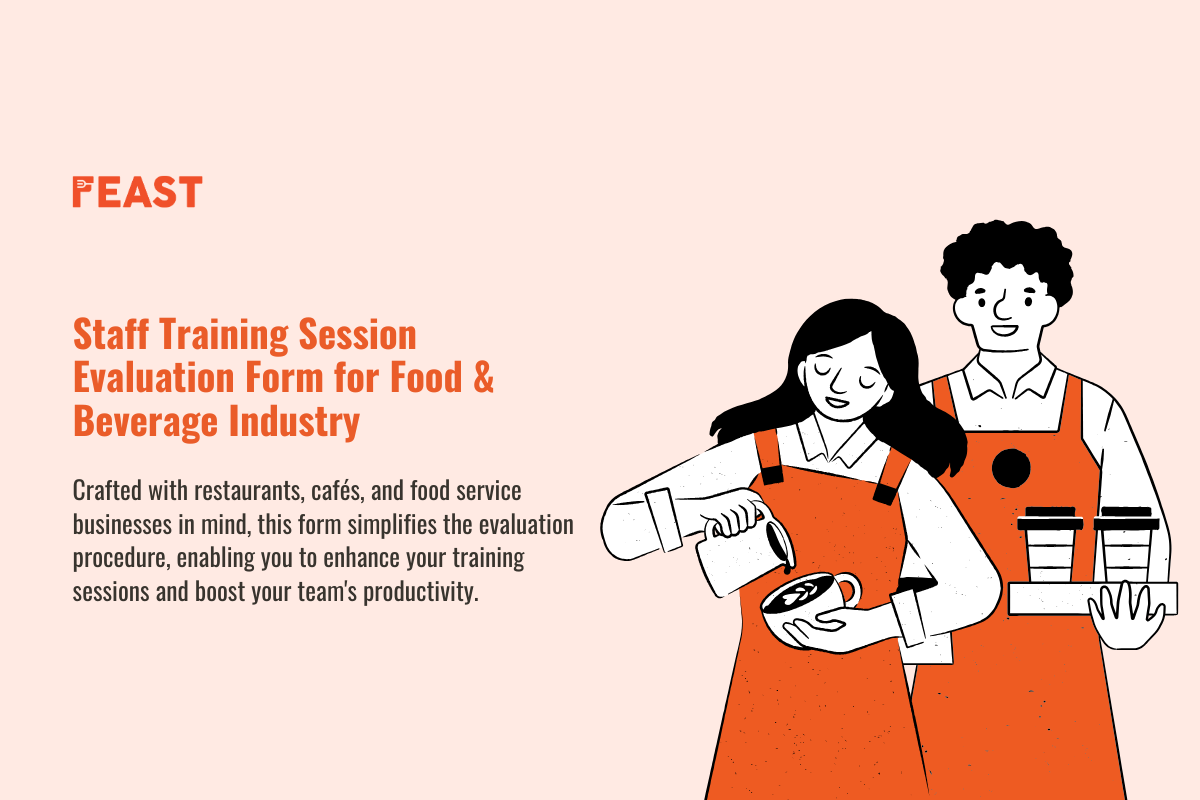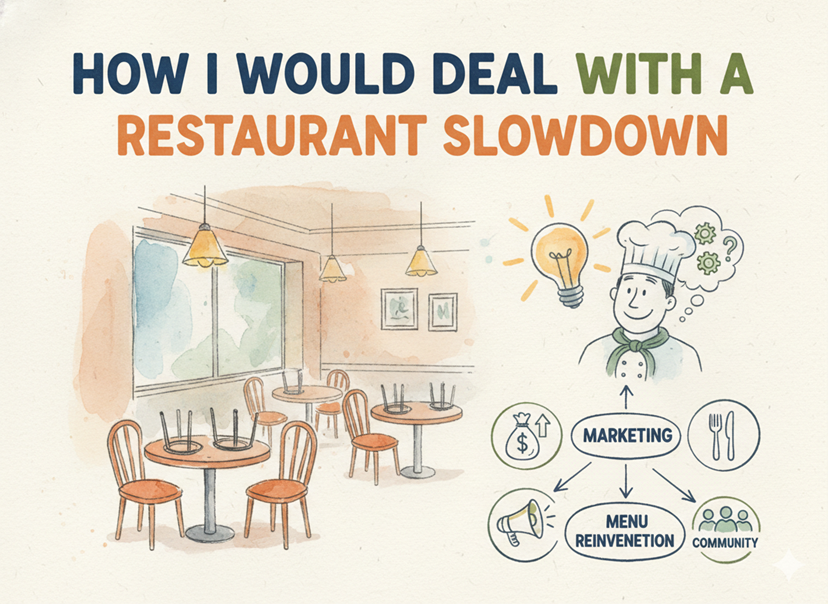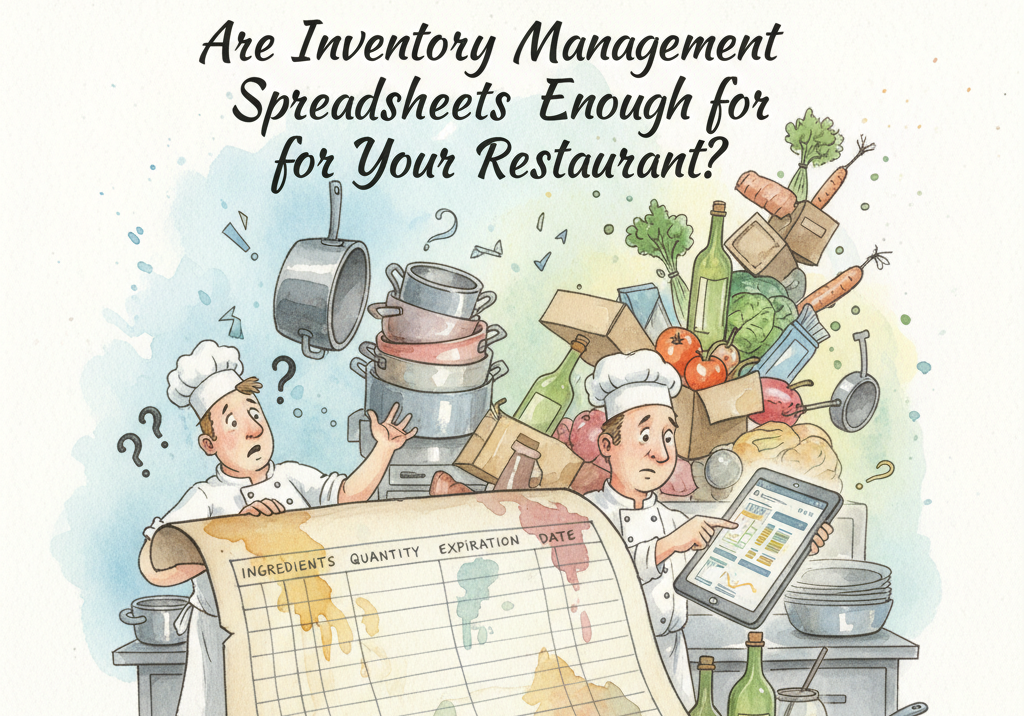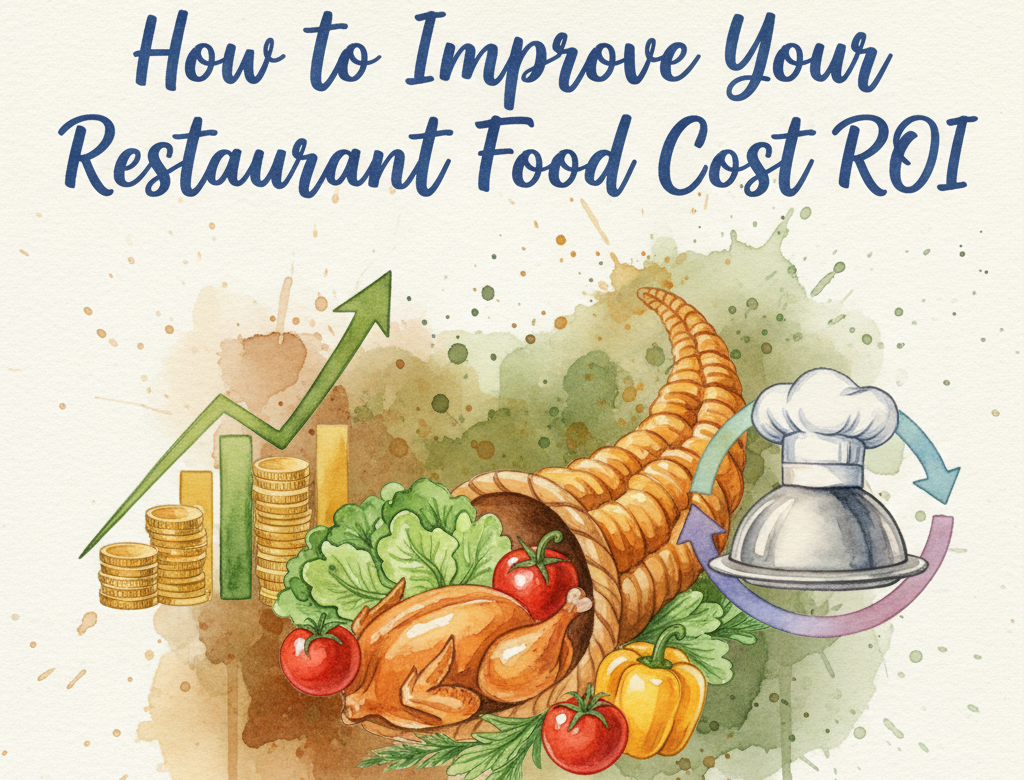Have you ever noticed how some servers easily convince customers to order that extra dessert or special drink without sounding pushy? That is the art of suggestive selling. It is one of the simplest and most effective techniques to increase your restaurant’s revenue without raising menu prices or cutting costs.
This approach helps your staff connect better with your guests and make relevant suggestions that feel thoughtful. It can make customers happier while naturally improving your sales.
What is Suggestive Selling in Restaurants
Suggestive selling in restaurants means encouraging customers to order more by making relevant and appealing recommendations. It is not about pushing for a sale but about helping customers discover something they will enjoy.
For example, if a customer orders a burger, your server can say, “Would you like to try our cheesy fries with that? They go really well with the burger.” That simple suggestion can increase the total bill and improve the dining experience.
According to research by Toast (2024), restaurants using these techniques have reported up to a 20–30% increase in average ticket size. When your staff makes smart suggestions, guests feel well taken care of, and your sales grow naturally.
The Difference Between Upselling and Suggestive Selling
Many people confuse upselling, cross-selling, and suggestive selling. They may seem similar, but they have clear differences.
Upselling means convincing a customer to buy a more expensive version of what they already ordered. For example, if someone orders a regular latte, your barista can say, “Would you like to try it with our premium Arabica beans for just RM2 more?”
Cross-selling means recommending an additional item that complements the main order. For instance, if a customer orders pasta, you can say, “Would you like some garlic bread to go with that?”
Suggestive selling combines both but focuses more on improving the customer’s experience through personalized suggestions. It is about recommending something that fits their taste or mood rather than just increasing sales. While upselling upgrades and cross-selling adds, it also suggests adding a human touch that shows care instead of persuasion.
Techniques You Can Use for Suggestive Selling
Now that you understand the concept, let’s talk about how you can apply this method effectively in your restaurant. The key to success is making every suggestion feel natural, thoughtful, and well-timed.
Train Your Staff to Observe Customers
Observation is the first and most important rule of this selling. Your staff needs to understand customer behavior before making any recommendations. Is it a family enjoying a weekend meal, a couple celebrating an anniversary, or a group of friends catching up? Each situation needs a different approach.
For example, if a couple is celebrating, your server could say, “Would you like to try our signature molten lava cake? It’s a lovely dessert to share.” This adds warmth to the dining experience and helps your staff build a connection.
Encourage your team to listen carefully to. If a guest says they are tired or hungry, suggest something hearty or refreshing. These small details make the interaction feel genuine and personal.
Use Descriptive and Tempting Language
Words matter a lot when you’re trying to use this technique. Using sensory and descriptive language makes a big difference in how customers respond. Instead of saying, “Would you like fries with that?” your team can say, “Would you like to add our crispy golden fries seasoned with rosemary and sea salt?” The second line paints a clear picture and creates appetite.
Descriptive language helps customers imagine the flavor and freshness of a dish. Encourage your staff to highlight special features like ingredients or preparation. For instance, “Our homemade tiramisu is made fresh every morning. Would you like to try a slice?” This makes customers feel they are getting something unique.
Recommend Smart Pairings
Suggesting pairings is one of the most effective forms of this practice. When a customer orders a main dish, your staff can recommend a drink, side, or dessert that complements it. For example, if someone orders spicy noodles, they could suggest a cool iced lemon tea. Or if a customer orders grilled fish, they can offer a light salad or soup.
Pairing shows that your restaurant pays attention to balance and taste. It makes the meal feel more complete and thoughtful while increasing your average sales per customer.
Choose the Right Moment to Suggest
Timing is very important. If a server suggests too early, it might sound forced. If they wait too long, the chance might be gone. The best moment is right after taking the main order or as the meal is ending.
For example, after noting a main course order, the server could ask, “Would you like to start with our creamy mushroom soup while you wait?” When customers are finishing their food, they can say, “Would you like to end your meal with our homemade cheesecake and coffee?” These suggestions feel natural and well-timed.
Keep the Tone Natural and Friendly
Customers dislike being sold to, but they like being guided. That is why tone and attitude matter more than the words. It should feel like a friendly recommendation, not a sales pitch. Encourage your staff to smile, make eye contact, and sound enthusiastic.
Every suggestion should feel personal. For instance, if a regular guest always orders iced tea, your staff can say, “We’ve just added a new lychee tea to our menu. Would you like to try it today?” This kind of personal attention makes customers feel remembered and valued.
According to a 2023 report by Upserve, restaurants that train their staff regularly on these selling techniques experience up to 15% higher repeat customer rates compared to those that don’t. This shows that thoughtful selling creates loyal customers who enjoy coming back.
Benefits of Suggestive Selling
When done properly, this method brings long-term advantages. You can increase revenue without increasing marketing costs. A simple RM5 add-on per customer can significantly improve monthly profits.
It also enhances the dining experience. Customers appreciate it when servers make meaningful recommendations. This kind of attention creates positive reviews and encourages repeat visits.
It also builds staff confidence. When your team learns to sell effectively, they feel more skilled and appreciated. Some restaurants even reward employees who make the most suggestions, creating healthy motivation.
It can also help reduce food waste. By promoting dishes that use available ingredients, you can manage inventory better and avoid spoilage.
How Technology Can Make Suggestive Selling Easier
While staff training is essential, technology can make this even more effective. Modern POS systems, such as EasyEat, can digitize and personalize recommendations.
For example, when a customer orders a pizza through your digital menu, the system can suggest sides like garlic bread or a drink. These prompts are based on ordering history and popular pairings. The system can even remember repeat customers’ preferences and suggest items they liked before or ones frequently ordered by others.
According to Deloitte (2024), restaurants using AI-based suggestion tools saw an average order value increase of 25%. When technology and human service work together, every order becomes an opportunity for better service and higher revenue.






